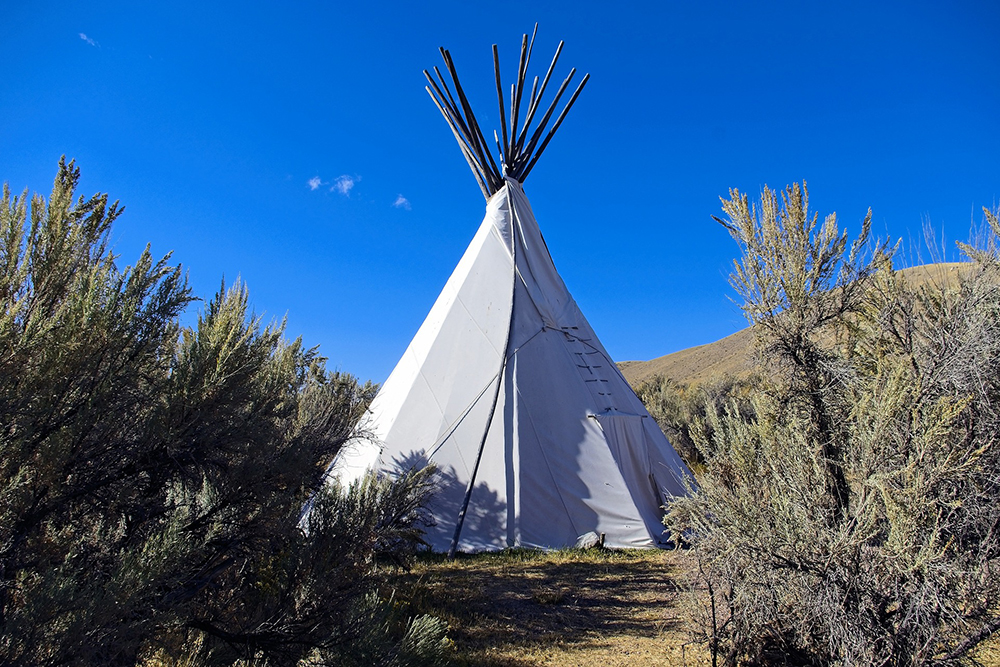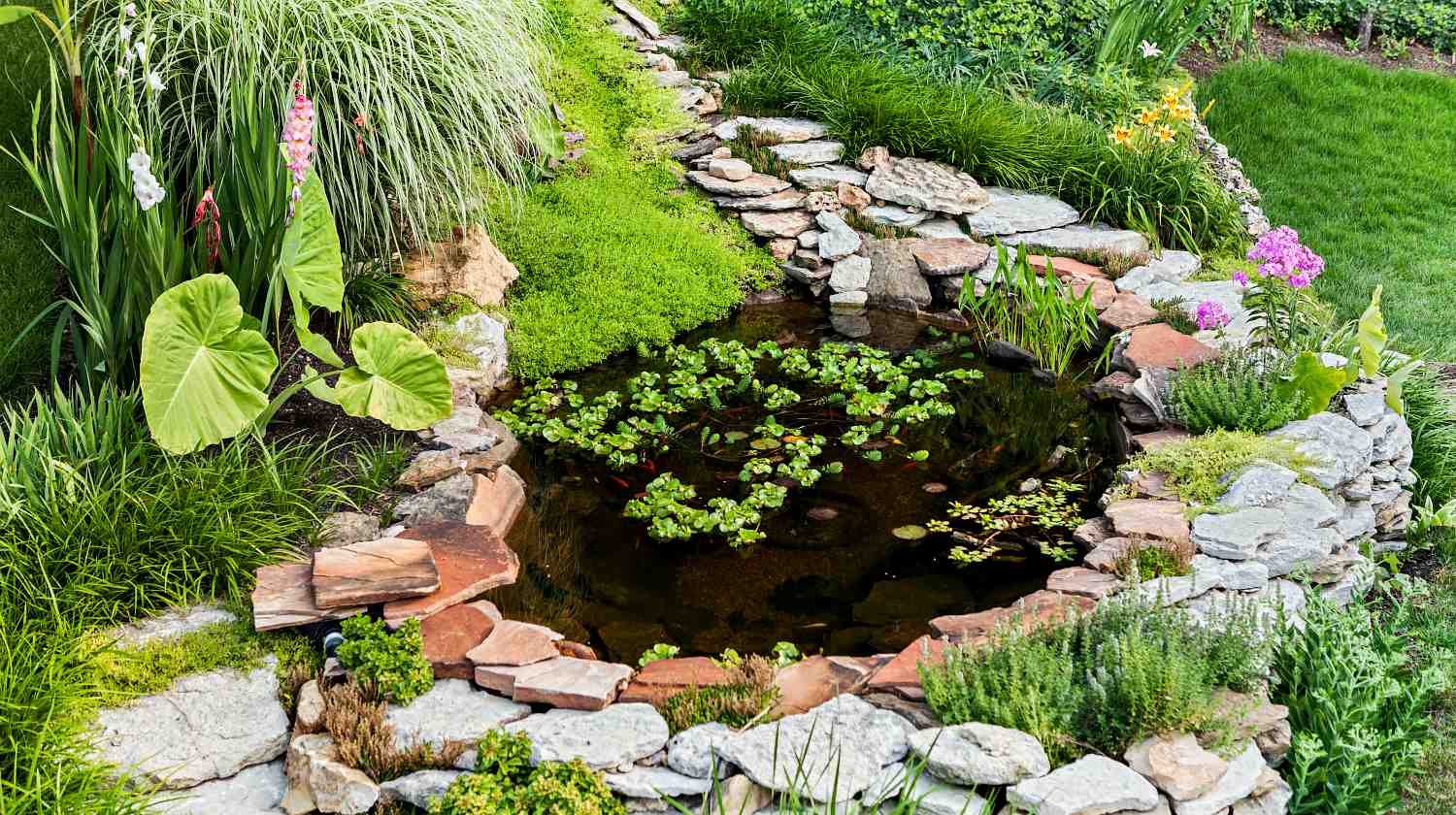Shelter
DIY Shelter: How To Make A Teepee

Sure, underground bunkers and dugout shelters are a great thing to have when you need a survival shelter. However, if you don't have access to one, you can learn how to make a teepee instead. Read below for tips on how to do that.
How to Make a Teepee for Preppers and Survivalists
The Plains Indians made up a massive swath of tribes. In fact, there were six dominant tribes noted for surviving the lifestyle of the great plains in America. These tribes did not all live the same way, and they did not all live-in teepees. The Sioux, Comanche, Arapaho, Cheyenne, Crow, and Pawnee Indians made up these tribes.
The nomadic tribes that followed the buffalo lived in teepees or tipis. The teepees were designed to be set up quickly and broken down so the tribes could easily move around. Teepees had to be constructed using 10 ft poles because they had no work animals to carry larger poles.
Because of its quick setup and breakdown as well as needing minimal resources to build, the teepee is a great survival shelter.
1. Gathering the Materials
-
Poles

You are going to need about 10-12 poles to make a sound teepee. The poles should be 3 ft longer than the width of your canvas, tarp, or cover material.
You can source these poles from the woods if you like. But if you are trying to create a teepee that you use often and you don’t want to destroy the woods in your immediate area, you can buy wooden dowels and cut them to the desired size. These could even be treated for long term use.
If you are practicing bushcraft skills, you will want a good folding saw and a knife or axe to trim saplings into poles for this project.
-
Cordage

When it comes to cordage, you are going to need about 45 feet to get the job done. You want your rope to be manilla or straw rope because of the gripping ability of these types of cordage. Synthetic ropes like paracord can have trouble tightening to the poles and materials.
-
Cover Material
View this post on Instagram
The native American tribes of the plains would have used buffalo hides to create their teepees. I must assume that your go-to cover material will not be buffalo hides. So, you must consider what you want to use.
Canvas is a cheap material that can be used to create your teepee it is easy to cut and carry. You might also want to consider a tarp for your shelter. The problem with using a good tarp is it will have to be cut into a half-moon shape with a half hole at the center so when affixing it to the poles, there will be a hole in the center for your fire and smoke.
2. Setting Up the Teepee

- You are going to begin by making a lashed tripod with three of your poles. Since these poles are so large you are going to lay them down on the ground.
- Lay two poles next to each other parallel and then one crosses the others at about a 30-degree angle.
- Affix them together using a clove hitch knot and then give the poles a few wraps with the short end of your rope before tying another clove hitch.
- Get someone to hold one of your poles and raise the teepee using the rope.
- Once the tripod is spread out and stable you can begin to add more poles. Starting to the left of where you want the door to go begin adding poles one at a time.
- Reserve one pole to be your lift pole. This is the pole that you will wrap the cover material on. It will have to be affixed at the center of your cover material. You can tie this or make it simple and use a small nail or large tack.
- Continue adding poles counterclockwise and leave space for your door and one small space for your lift pole at the back of the tent. The lift pole should be your final pole and you can raise it up when you are ready to wrap the teepee.
- Take your time wrapping the teepee and you will get the best coverage.
Additional tip: You should also bring about 10-12 stakes, or you can carve them from small pieces of wood. These stakes will pull the canvas taut and will keep the heat in your teepee. This would have been one of the most important purposes of the teepee shelter on the plains when the winter winds would howl uncontested.
Teepees Are Foolproof
The teepee is not some gimmicky survival shelter made by clever marketers. This survival shelter has been tested by history and was depended on by the Native Americans who suffered through tremendous times.
Life on the great plains was not easy with winter and spring being the very worst of times. However, these nomadic tribes of humans followed the herding buffalo across the plains, breaking down and setting up these long poles in all seasons.
Try building your own teepee and see how you like a night in this historic survival shelter. Also, don’t forget to be grateful that you don’t have to kill a buffalo, skin it, and tan its hide to make your home!
Do you have other tips on how to make a teepee? Do share it with us in the comments section!
Up Next:
- Do You Know These 25 Native American Survival Skills?
- Building Your Back-Up Plan: Survival Shelters And Underground Bunkers
- 7 Common Mistakes To Avoid When Building An Emergency Shelter
-

 Paracord Projects1 year ago
Paracord Projects1 year agoParacord Projects | 36 Cool Paracord Ideas For Your Paracord Survival Projects
-

 Paracord Projects1 year ago
Paracord Projects1 year agoHow To Make Paracord Survival Bracelets | DIY Survival Prepping
-

 Medical Care1 year ago
Medical Care1 year ago21 Home Remedies For Toothache Pain Relief
-

 Knife Laws1 year ago
Knife Laws1 year agoAre Switchblades Legal? Knife Laws By State
-

 Do It Yourself1 year ago
Do It Yourself1 year agoSurvival DIY: How To Melt Aluminum Cans For Casting













You must be logged in to post a comment Login